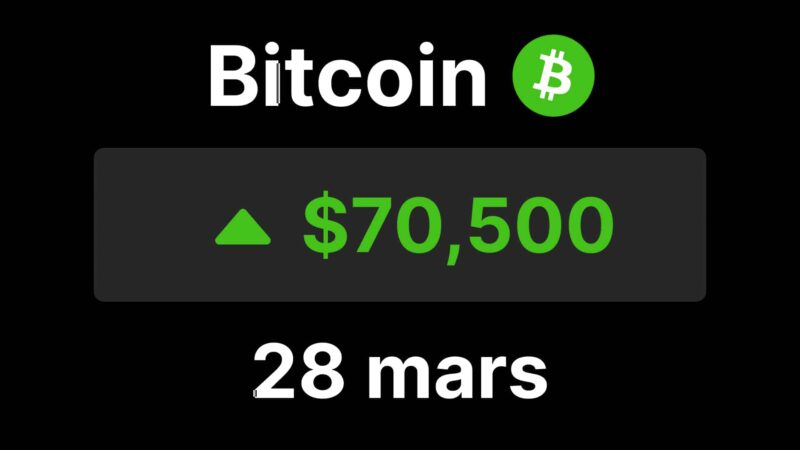Under the auspices of Paxos, with the support of giants such as Robinhood, Kraken, Galaxy Digital, and other industry heavyweights, the stablecoin USDG (Global Dollar) aims to redefine the economic model of stablecoins.
USDG by Kraken, Paxos, and other giants: a stablecoin designed to redistribute its revenues
Unlike current leaders Tether (USDT) and Circle (USDC), which retain all revenues generated by their reserves, USDG redistributes the majority of the interest from its assets, mainly US Treasury bonds, to the founding members of its network. This ecosystem, called the Global Dollar Network, is based on a profit-sharing model, incentivizing each partner to stimulate the adoption of the stablecoin.
An initiative aligned with Singaporean regulation
Based in Singapore, USDG complies with the upcoming regulatory framework of the Monetary Authority of Singapore (MAS) for stablecoins. The issuance under Singaporean jurisdiction is significant, as Singapore positions itself as a proactive financial hub in the regulation of cryptocurrencies, attracting companies in search of stability and legislative clarity.
Paxos, leading this initiative, sees USDG not only as a means to bring a trusted stablecoin to global investors, but also as a way to promote a transparent profit-sharing model. The CEO of Paxos, Charles Cascarilla, emphasizes the ‘community’ aspect of this stablecoin.
Anyone can join the Global Dollar Network and earn rewards for their activity. We distribute around 97% of the economy. This is a big difference from how other stablecoins have been set up and created so far.
An ecosystem to develop liquidity and connectivity
Members of the Global Dollar Network, including platforms like Anchorage Digital and DBS Bank, the largest bank in Southeast Asia, each play a crucial role in ensuring cash management, connectivity, and liquidity of the USDG stablecoin. In return, they receive shares of the revenues generated by USDG’s reserves in the form of accumulated interest.
This model does not directly reward end users, but prioritizes partners who actively contribute to the ecosystem by promoting the circulation and use of the stablecoin in the sector.
Can USDG truly compete with Tether and Circle?
The introduction of USDG comes in a stablecoin market largely dominated by Tether and Circle. However, with its promise of shared returns, USDG stands out from traditional models. Rather than concentrating profits, Paxos and its partners rely on a collective approach to attract businesses that can benefit from the flexibility and advantages of a revenue-distributing stablecoin.
In an industry where protocol innovations are also exploring new yield patterns, USDG positions itself as a preferred alternative for companies seeking a new form of participation in the stablecoin economy.
A strategic entry into the American market
Thanks to partners like Anchorage, authorized to operate in all 50 US states, USDG becomes accessible on American soil despite the challenging regulatory landscape. By operating through its distributors, USDG bypasses restrictions imposed on stablecoins while gradually integrating into the US financial ecosystem. The ambitions of the Global Dollar Network extend beyond geographical expansion and aim to transform the way businesses interact with stablecoins by promoting a common development model that could redefine the sector.




